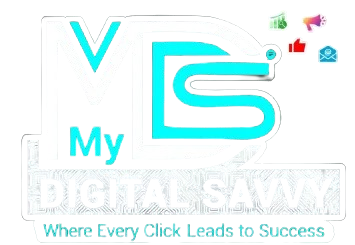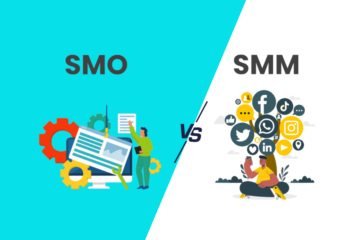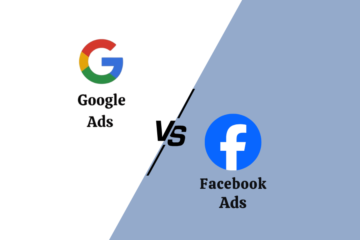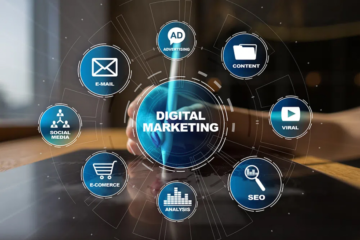If you run a website, blog, or online business, you’ve most likely heard the term SEO. But many people still ask the same basic question: What Is Search Engine Optimization and how does it work?
In simple words, SEO (Search Engine Optimization) is the method of improving your website so it ranks higher on search engines like Google, Bing, and Yahoo. When your website appears on the first page of Google, your chances of getting organic traffic, leads, and sales increase dramatically.
In today’s digital world, understanding SEO is not optional—it’s essential. Whether you’re a business owner, blogger, freelancer, or marketer, SEO helps you get visibility without spending money on ads.
Let’s break it down in a very simple and human way.
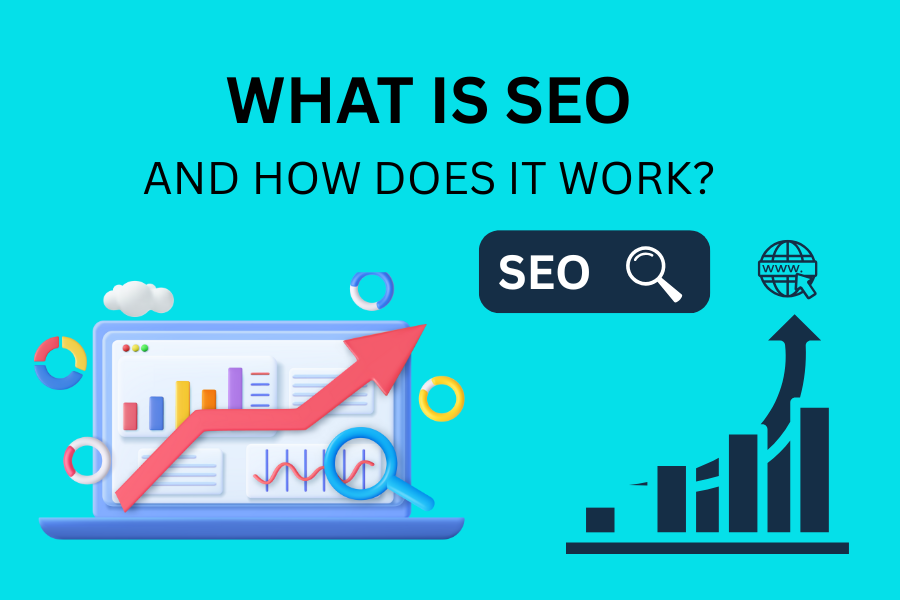
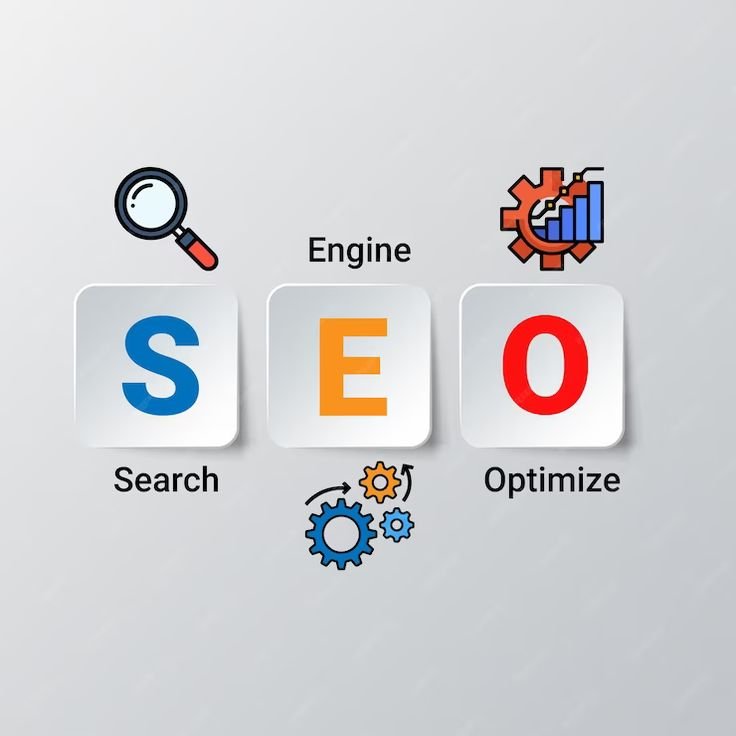
What Is Search Engine Optimization?
SEO stands for Search Engine Optimization. It is the process of making your website more visible and trustworthy in the eyes of search engines. When people search for something related to your business, SEO helps your website appear at the top of the results.
Example:
If someone searches “best digital marketing company in Vidarbha,” and your website is optimized, it will appear on top. That is the power of SEO.
Why Is SEO Important?
Here’s why SEO matters in 2025 and beyond:

1. More Visibility
Higher ranking = more visitors.
2. Free Organic Traffic
You don’t need to run paid ads continuously.
3. Builds Trust and Credibility
People trust websites that rank on the first page.
4. 24/7 Promotion
Your website promotes your business even while you sleep.
5. Better User Experience
SEO also improves website speed, structure, and readability.
How Search Engines Work
Before learning how SEO works, you must understand how search engines like Google operate. They follow three main steps:
If your website follows SEO correctly, Google ranks it higher because it believes your content will help users.
- Google uses automated bots called crawlers to visit your website.
- These bots scan your text, images, links, and overall structure.
- A fast-loading, well-organized website helps crawling happen smoothly.
- If your pages are hard to access, Google may skip them.
- Submitting your sitemap helps Google discover new pages quickly.
- After crawling, Google stores your webpage information in its Index.
- This Index is like Google’s giant library of online content.
- Google reads your keywords, topics, and content quality before saving it.
- Unique, valuable, and clear content gets indexed faster.
- If Google can’t understand your page, it might not index it at all.
- Once indexed, Google decides where your page should rank in search results.
- Ranking depends on relevance, keyword usage, content quality, and user experience
- Fast, mobile-friendly websites usually rank higher.
- Backlinks from trusted sources also boost ranking.
- Good SEO helps your page appear at the top where more users click.
How Does SEO Work? (Step-by-Step Explanation)
SEO works by optimizing different parts of your website so that search engines understand your content better.
There are three major types of SEO you need to understand.
- On-Page SEO
- Off-Page SEO
- Technical SEO

1. On-Page SEO
On-page SEO means optimizing the content on your website.
This includes:
Keywords are the core of SEO. They tell Google what your content is about and help users find your page when they search online.
Example keywords:
What Is SEO
SEO meaning
how SEO works
SEO for beginners
benefits of SEO
Choosing the right keywords helps you target users who are genuinely interested in your topic. Adding these keywords naturally in your content, headings, meta tags, and image alt text helps search engines understand the purpose of your page.
Tip: Avoid keyword stuffing—it looks unnatural and can lower rankings.
Content is the strongest ranking factor in SEO. Google loves content that is helpful, original, and valuable for the user.
High-quality content should be:
Original: No copy-pasting or duplicate content
Useful: It should solve the user’s problem
Easy to read: Short paragraphs, simple language, clean formatting
Valuable: Provide examples, data, explanations, or tips
When users stay on your page longer because they enjoy your content, Google sees it as a positive signal and ranks your page higher.
Heading tags help organize your content so both Google and readers can understand it easily.
H1: Main title of your page
H2: Main sections
H3: Subsections
Proper heading structure improves readability and gives more clarity to search engines. Google scans your headings to understand the main idea of each section and rank your content accurately.
Add Your Heading Text Here
Meta title and meta description are small pieces of text that appear on Google search results.
Meta Title: Tells users what your page is about
Meta Description: Gives a short summary and encourages users to click
A clear, keyword-rich meta title and description improve your Click-Through Rate (CTR). Higher CTR tells Google that people find your page helpful, which can boost rankings further.
Images make your content more engaging, but they must also be optimized for SEO.
Important steps include:
Adding alt text with relevant keywords
Compressing images to reduce file size
Using proper image formats (WEBP, PNG, JPG)
Maintaining consistent image style
Optimized images help Google understand your visuals and improve loading speed—both important ranking signals.
Internal links connect one page of your website to another.
They help users navigate your site easily and guide Google crawlers to discover more of your pages.
Benefits of internal linking:
Distributes SEO value across your website
Improves user engagement
Helps Google understand which pages are important
Boosts ranking of older or deep pages
A strong internal linking strategy creates a smooth experience for both users and search engines.
Outbound linking means adding links from your website to other trusted and relevant websites.
These links help users get extra useful information and show Google that your content is well-researched.
When you link to authority sites, it increases your content’s trust and relevance.
Outbound links also help search engines understand your topic better.
Just make sure to link only to high-quality and safe websites.
2. Off-Page SEO
Off-page SEO boosts your website’s authority outside of your website.
Important off-page SEO strategies:
- Backlink building
- Social media sharing
- Google My Business optimization
- Guest blogging
- Brand mentions
When high-authority websites link to you, Google sees your website as trustworthy.
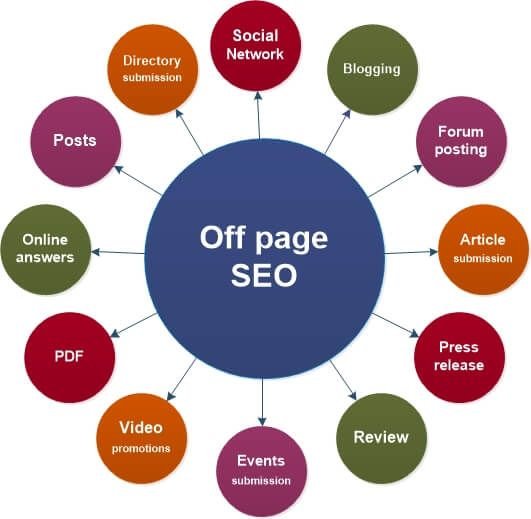
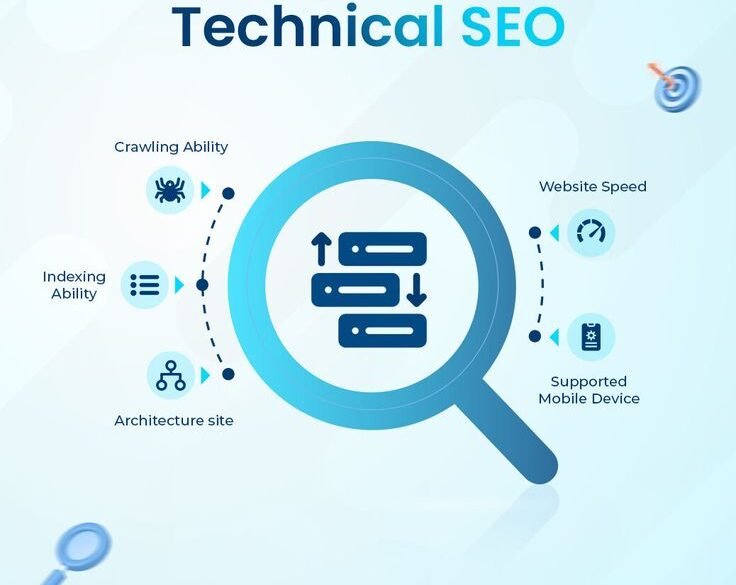
3. Technical SEO
Technical SEO ensures your website is easy for Google to crawl and index.
Key technical SEO elements:
- Fast website loading speed
- Mobile-friendly design
- Secure website (HTTPS)
- Clean URL structure
- XML sitemap
- Fixing broken links
A technically strong website improves your rankings.

Common SEO Mistakes to Avoid
Many beginners make mistakes that hurt their rankings. Avoid these:
❌ Keyword stuffing
❌ Low-quality content
❌ Copy-pasting content
❌ Ignoring mobile optimization
❌ Not using internal links
❌ Slow website
Good SEO requires patience and quality.
Benefits of SEO for Businesses
SEO is one of the most powerful digital marketing strategies. It helps businesses:
Get more website traffic
Attract high-quality leads
Increase brand visibility
Compete with big companies
Build long-term online presence
This is why companies invest heavily in SEO, and it continues to grow each year.

SEO Tools You Can Use
Here are some helpful free and paid SEO tools:
These tools help with keyword research, ranking analysis, backlinks, and overall website performance.
- Google Keyword Planner
- Google Search Console
- Google Analytics
- Ahrefs
- SEMrush
- Ubersuggest
- Yoast SEO (for WordPress)

Will SEO Still Matter in the Future?
Absolutely YES.
As long as people search on Google, SEO will remain the backbone of online success.
With new trends like AI search, voice search, and user-focused algorithms, SEO is becoming even more important.
It’s a simple process of optimizing your website to rank higher, attract more visitors, and build your online brand.
SEO is powerful, cost-effective, and long-lasting. Whether you are a beginner or a business owner, learning SEO can transform your online presence.
If you want consistent growth, better visibility, and organic traffic—SEO is the key.
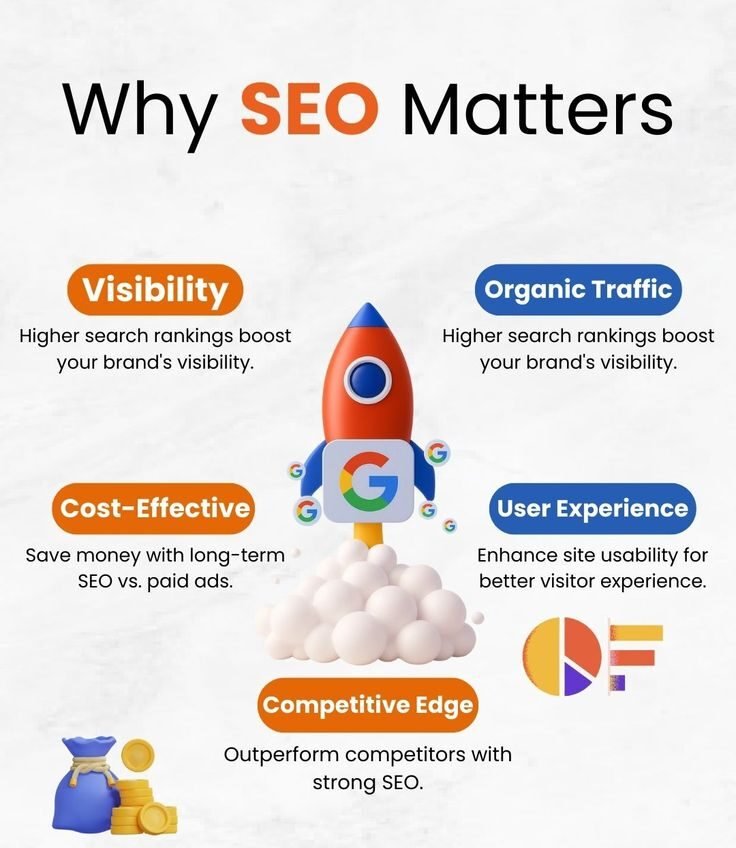
FAQs: What Is Search Engine Optimization and How Does It Work?
SEO (Search Engine Optimization) is the process of improving a website so it ranks higher on search engines like Google. Higher ranking brings more visibility and organic traffic.
SEO works by optimizing your website’s content, structure, and authority. Search engines crawl, index, and rank your pages based on relevance and quality.
SEO is important because it helps your website appear on the first page of Google, increases traffic, builds brand trust, and brings long-term results without paid ads.
SEO typically takes 3 to 6 months, depending on competition, content quality, backlinks, and website strength. It is a gradual but highly effective process.
The three main types are:
On-Page SEO
Off-Page SEO
Technical SEO
All three work together to improve your rankings.
SEO keywords are specific phrases people search on Google. Adding relevant keywords helps search engines understand your content and rank it higher.
SEO focuses on free, organic traffic, while SEM (Search Engine Marketing) includes paid ads. Both can work together to improve visibility.
No. SEO is an ongoing process. Search engine algorithms change, competitors update their content, and user behavior evolves — so your SEO efforts must continue regularly.

